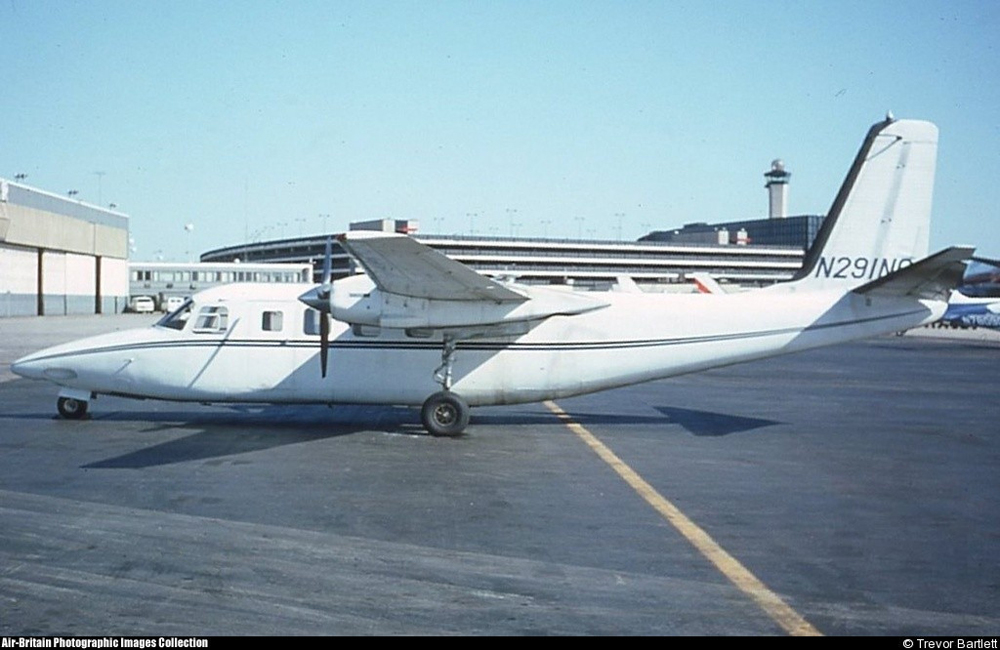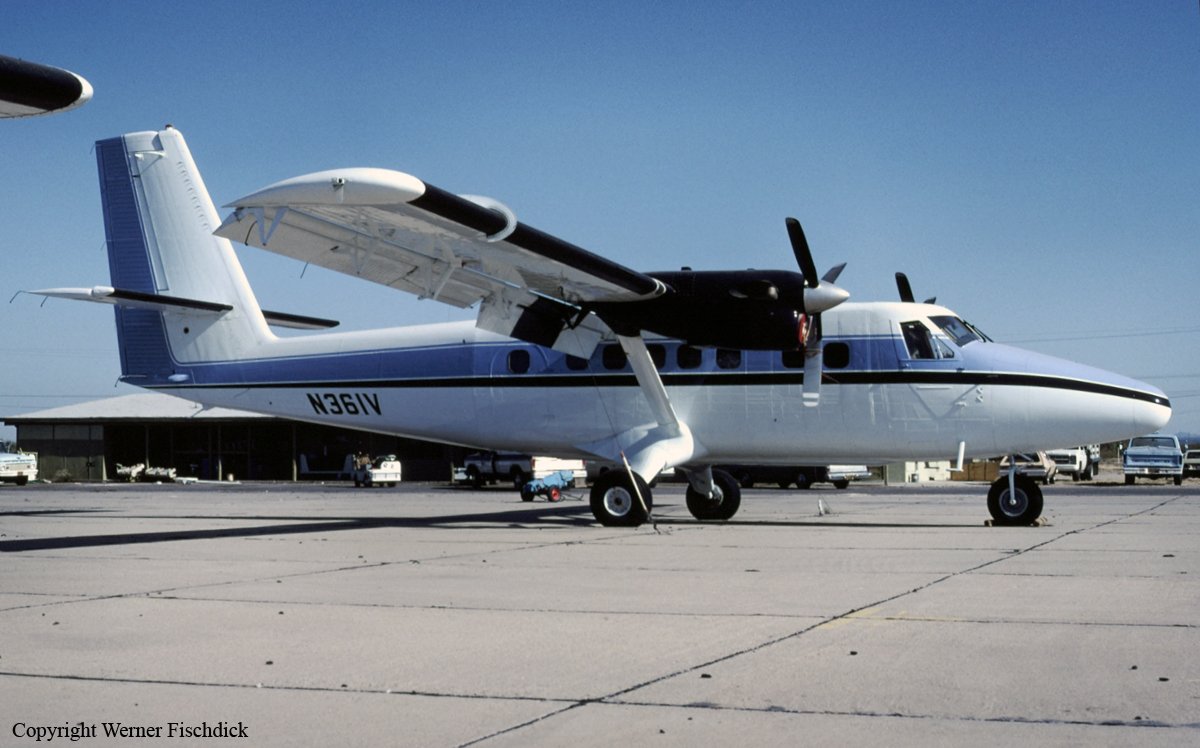Crash of a Dassault Falcon 10 in McCall
Date & Time:
Dec 18, 1992 at 1500 LT
Registration:
N50TE
Survivors:
Yes
Schedule:
McCall - San Diego
MSN:
86
YOM:
1975
Crew on board:
2
Crew fatalities:
Pax on board:
2
Pax fatalities:
Other fatalities:
Total fatalities:
0
Captain / Total hours on type:
420.00
Aircraft flight hours:
4657
Circumstances:
During the takeoff roll on a contaminated runway, the copilot noted a lack of acceleration. Just beyond midfield, the copilot called for an abort, however, the pilot elected to continue. The airplane did not reach Vr and the pilot attempted to rotate the airplane at the end of the runway. The airplane collided with and travelled through a five foot high snowbank and came to rest in a field approximately 500 feet from the end of the runway. During the post crash investigation, evidence indicated that the parking brake had been in the intermediate position or 23% of maximum braking. The parking brake warning light was found to operate correctly if the panel lights were set in the bright light position. In the dim position, the warning light was inoperative. During the on site investigation, the panel lights were found in the dim position. Both passengers were slightly injured while both pilots were seriously injured.
Probable cause:
The failure of the flight crew to follow the checklist and release the parking brake before takeoff. The inoperative parking brake warning light and the failure of the pilot to abort the takeoff were factors.
Final Report:





